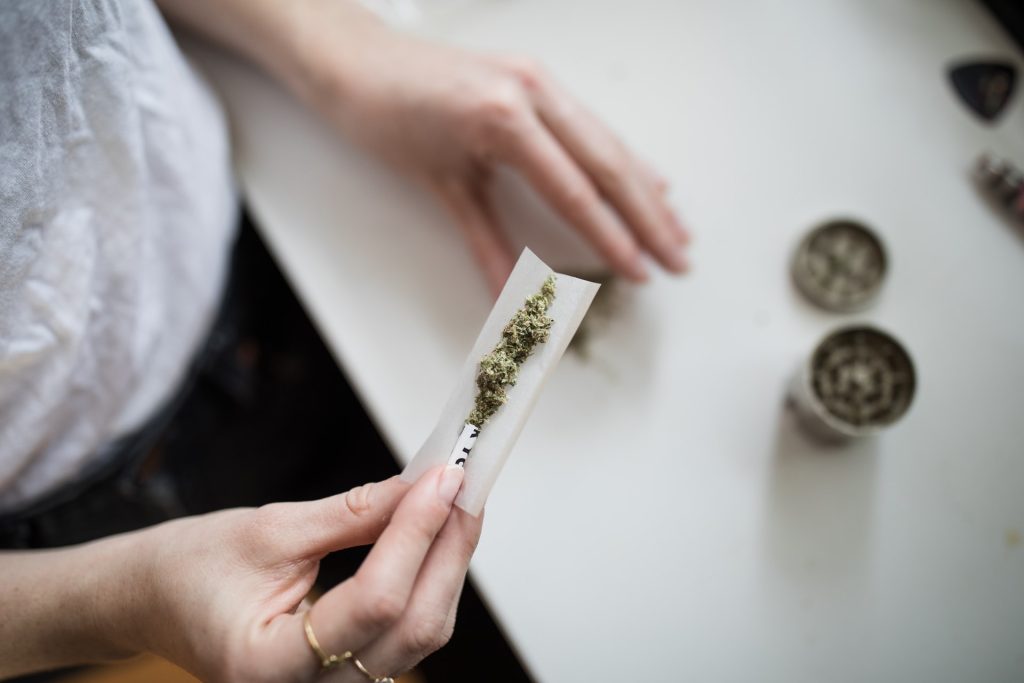Addictive Screen Use, Not Time, Linked to Youth Suicide Risk

New research shows that youth who become increasingly addicted to social media, mobile phones or video games are at greater risk of suicidal thoughts, suicide attempts and emotional or behavioural issues. The study, published in JAMA, was led by researchers at Weill Cornell Medicine, Columbia University and University of California, Berkeley.
Unlike previous studies that focused on total screen time at one point in a child’s life, this study looked at how young people’s patterns of compulsive or “addictive” use changed over time. These patterns included feeling unable to stop using a device, experiencing distress when not using it or using it to escape from problems. In contrast, simply spending more time on screens at 10 years old wasn’t associated with worse suicide-related and mental health outcomes.
“For parents and educators, the discussion around mobile phones and social media has focused on limiting or banning use, but our results indicate more complex factors are involved,” said first author Dr Yunyu Xiao, assistant professor of population health sciences at Weill Cornell Medicine. “Clinical trials have shown that limiting cell phone use, for instance during school hours, was not effective in reducing the risk of suicidal behaviour or improving other aspects of mental health.”
This study could signal a paradigm shift in how the impact of screen time on youth mental health is addressed. “Testing interventions that work against other types of addiction may be one way to approach this type of social media and mobile phone use,” Dr Xiao said.
Quantity Versus Quality
Over four years, the researchers tracked nearly 4300 youths aged 9 to 10 when they first started the study. Using machine learning and data from participant interviews, the researchers characterised three addictive use trajectories for social media and mobile phone usage and two for addictive use with video games. When graphed, these trajectories depicted relative levels of addictive behaviours.
By age 14, almost one in three participants had a high addictive use trajectory for social media and one in four for mobile phones. More than 40% of the youths had a high addictive use trajectory for video games. These adolescents were significantly more likely to report suicidal thoughts or behaviours, as well as symptoms of anxiety, depression, aggression or rule-breaking.
The researchers also found that each type of digital activity showed unique patterns of association with suicide-related behaviours and mental health symptoms. For social media and mobile phones, the high and increasing addictive use trajectories were associated with a two to three times greater risk of suicidal behaviours and suicidal ideation compared with the low addictive use trajectory. The higher use trajectories were also associated with either internalising symptoms such as anxiousness and depression, or externalising symptoms, including aggressiveness or inattentiveness.
“Parents may want to pay more attention to how their kids are using their digital devices and consider having them evaluated for signs of addictive use, said co-first author Dr Yuan Meng, postdoctoral associate in population health sciences at Weill Cornell. “If an addiction is identified, limiting use of mobile phones and social media for part of the day, may potentially reinforce addictive behaviors, so seeking professional advice is essential.”
Source: Weill Cornell Medicine


